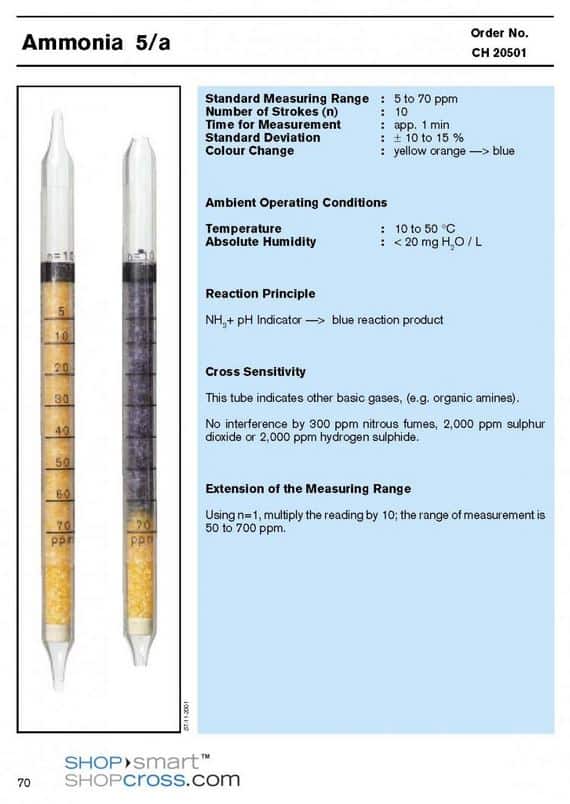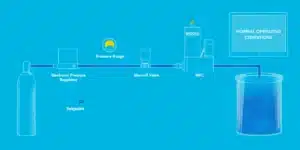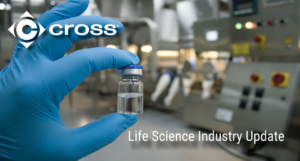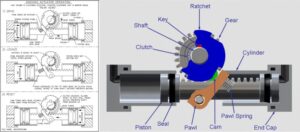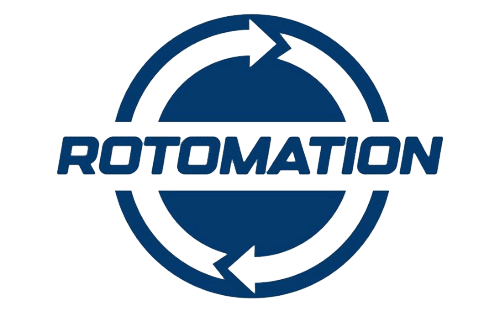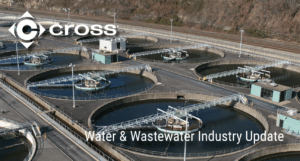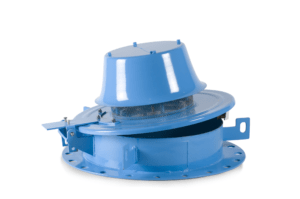
3 Tips for DrägerTube Use
Storage – Since accurate measurements are the name of the game, you want to make sure your Dräger Gas Detector Tubes are working properly. The simplest way to preserve them is to keep them in their original package, keep them at room temperature (about 65 degrees F). Also, don’t subject the tubes to light for long periods of time.
Temperature – But don’t let them get too cold (lower than 35 degrees F) or too warm (higher than 77 degrees F). If you’re working in cold temperatures, some of the reagents in the tubes might freeze. All you have to do to keep the temperature inside of the tube within operating range is to warm it in the palm of your hand. It’s an easy trick that works in temperatures as low as –4 degrees F, especially if you’re wearing gloves or mittens.
Disposal – After you’ve used Dräger-Tubes, they become chemical waste, so don’t just toss them into the trash. Consult Dräger Safety for local, state and federal regulations on storing and disposing of the chemicals in the tubes’ reagents (there are 15 of them). If you need further clarification, call the U.S. Environmental Protection Agency’s RCRA Hotline at 800-424-9346.
Guidelines for Using Dräger Gas Detector Tubes
Dräger has nearly 200 types of short-term tubes that can identify more than 1,000 different chemicals. The tubes in the Simultaneous Test Sets in the CDS (Civil Defense Simultest) Kit, are “semi-quantitative,” meaning, they can give rough estimates on the concentrations of up to 8 chemical agents. The CDS Kits also have room for 6 additional boxes of tubes (used with an accuro pump) of your choosing. Your choice of individual tubes depends on your worksite and the chemicals you need to need to test for.
Since Ammonia is the third largest chemical produced in the United States, you’re likely to encounter it. You have a choice of 5 Dräger tubes, but the most effective in the TLV and IDLH range is the Amonia 5/a (P/N CH20501) that can measure between 5–7000 ppm and detect other gases, such as organic amines. If you work in water purification, you’ll probably want to measure for Chlorine; try the Chlorine .02/a (P/N CH24301). It can measure 0.02–30 ppm, estimate levels of chlorine dioxide, and can pick up bromine and nitrogen dioxide.
Then there are the scary substances that can endanger your health or your life. You’ll absolutely want accurate measurements for these! Where there is smoke, there is fire and where there is fire, there is Carbon Monoxide. Among the 5 tubes that Draeger makes for it, consider the Carbon Monoxide 10/b (P/N CH20601). It can measure 10 to 3000 ppm and identify several hydrocarbons. You can also order a carbon-pretube that can remove any interfering substances. Hydrogen Sulfide is another villain, because it’s highly flammable and toxic if you inhale it. You can choose from among 10 Dräger tubes to detect it, such as The Hydrogen Sulfide b/5 tube (P/N CH29801), which can measure 5–600 ppm.
Do you work in the petroleum industry? If so, you’re probably measuring for hexane, heptane, octane and other hydrocarbons. How would you like to measure for measure gasoline, kerosene/aviation fuel, diesel fuel and various solvents and spirits, as well? Then consider the versatile Dräger Petroleum Hydrocarbons 10/a tube.
Dry cleaning, solvents, degreasing, adhesives. All of these processes use chlorinated hydrocarbons, such as perchloroethylene, trichloroethane and trichloroethylene, and Draeger makes tubes specific to all of them. If you have to suit up for a HazMat response, you may want the Perchloroethylene 2/a (P/N 8101501) that measures 2–300 ppm. Trychloroethylene 10/a (P/N 6728541) measures 2–250 ppm.
BTEX Compounds, as in benzene, toluene, ethyl benzene and xylene are most commonly used in the chemical and petrochemical industries. Of Dräger’s 5 tubes measuring these aromatic compounds, the workhorse is the Toluene 5/b (P/N 8101661)—but it won’t measure for benzene. For that you will need the Benzene 0.5/c (P/N 8101841), which measures 0.5–200 ppm.
Another fairly common substance is hydrochloric acid, which you’ll find in food processing, steel pickling and metal cleaning. Of Draeger’s 2 tubes specific to this compound, consider the the Hydrochloric Acid 1/a (P/N 8103481) measures 0.1–100 ppm.

